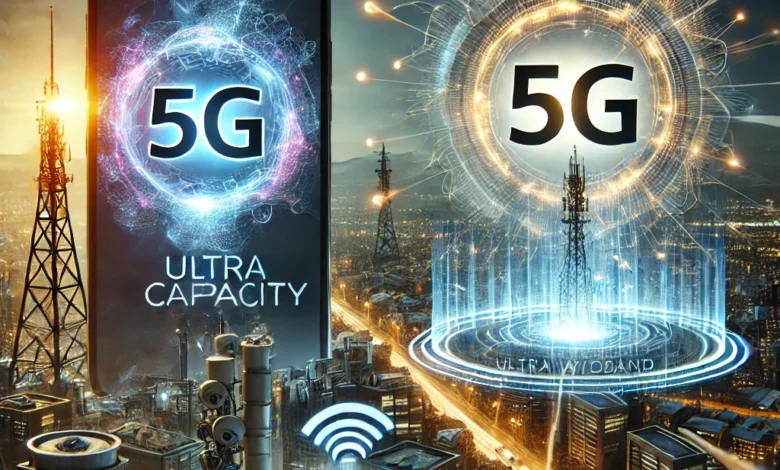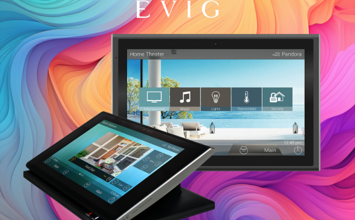5G UC vs. 5G UW: What’s the Difference and Why It Matters

As 5G technology becomes more accessible across the globe, you may have noticed different 5G labels on your phone—5G UC and 5G UW. While both refer to high-speed networks, they differ in coverage, speed, and performance. Understanding what each of them means helps users make informed decisions when choosing a mobile carrier or understanding network performance.
Let’s break down what 5G UC (Ultra Capacity) and 5G UW (Ultra Wideband) really mean.
What is 5G UC (Ultra Capacity)?
5G UC, or Ultra Capacity 5G, is a term primarily used by T-Mobile in the U.S. It refers to their mid-band and high-band (mmWave) 5G spectrum, which provides faster speeds and lower latency compared to the basic low-band 5G. Most of T-Mobile’s UC 5G coverage comes from their 2.5 GHz mid-band spectrum, which strikes a balance between speed and range.
- Speed: Up to 400 Mbps to 1 Gbps (in real-world conditions)
- Range: Covers wider areas than mmWave, making it suitable for urban, suburban, and even rural areas.
- Best For: Everyday users who want a consistent, fast 5G experience on the go.
The UC icon appears when your phone connects to either mid-band or mmWave 5G on the T-Mobile network.
What is 5G UW (Ultra Wideband)?
5G UW, or 5G Ultra Wideband, is Verizon’s term for its high-band mmWave and now also includes mid-band C-band spectrum. mmWave technology offers extremely high speeds, sometimes exceeding 2 Gbps, but with limited range and poor indoor penetration.
Initially, 5G UW was limited to hotspots in big cities like stadiums, downtown areas, and airports. But with Verizon’s rollout of C-band (3.7 GHz), 5G UW has gained wider reach while still delivering impressive speeds.
- Speed: 1–3 Gbps (mmWave), 300 Mbps – 1 Gbps (C-band)
- Range: mmWave has very short range; C-band extends reach and improves building penetration
- Best For: Power users, gamers, streamers, and those in 5G-enabled cities
5G UC vs. 5G UW: Key Differences
| Feature | 5G UC (T-Mobile) | 5G UW (Verizon) |
|---|---|---|
| Carrier | T-Mobile | Verizon |
| Technology | Mid-band + mmWave | mmWave + C-band |
| Speed | 400 Mbps – 1 Gbps | 300 Mbps – 3 Gbps |
| Coverage | Wider coverage | Limited (expanding with C-band) |
| Building Penetration | Better (mid-band) | Weak (mmWave), improving (C-band) |
Which One is Better for You?
- If you want consistent speeds across more locations, 5G UC may suit you better, especially in suburban or rural areas.
- If you live in a major city and want extremely fast speeds for gaming or streaming, 5G UW can deliver that—with the right device and location.
Conclusion
Both 5G UC and 5G UW represent faster, more capable versions of 5G. While they share similar goals—high speed, low latency, and better connectivity—their differences lie in range, availability, and speed. Depending on your location and carrier, one may serve you better than the other. As carriers continue expanding their networks, expect both UC and UW to play big roles in the future of 5G connectivity.





